Home>Renovation & DIY>Tools & Equipment>How To Tell If A Screwdriver Is Insulated
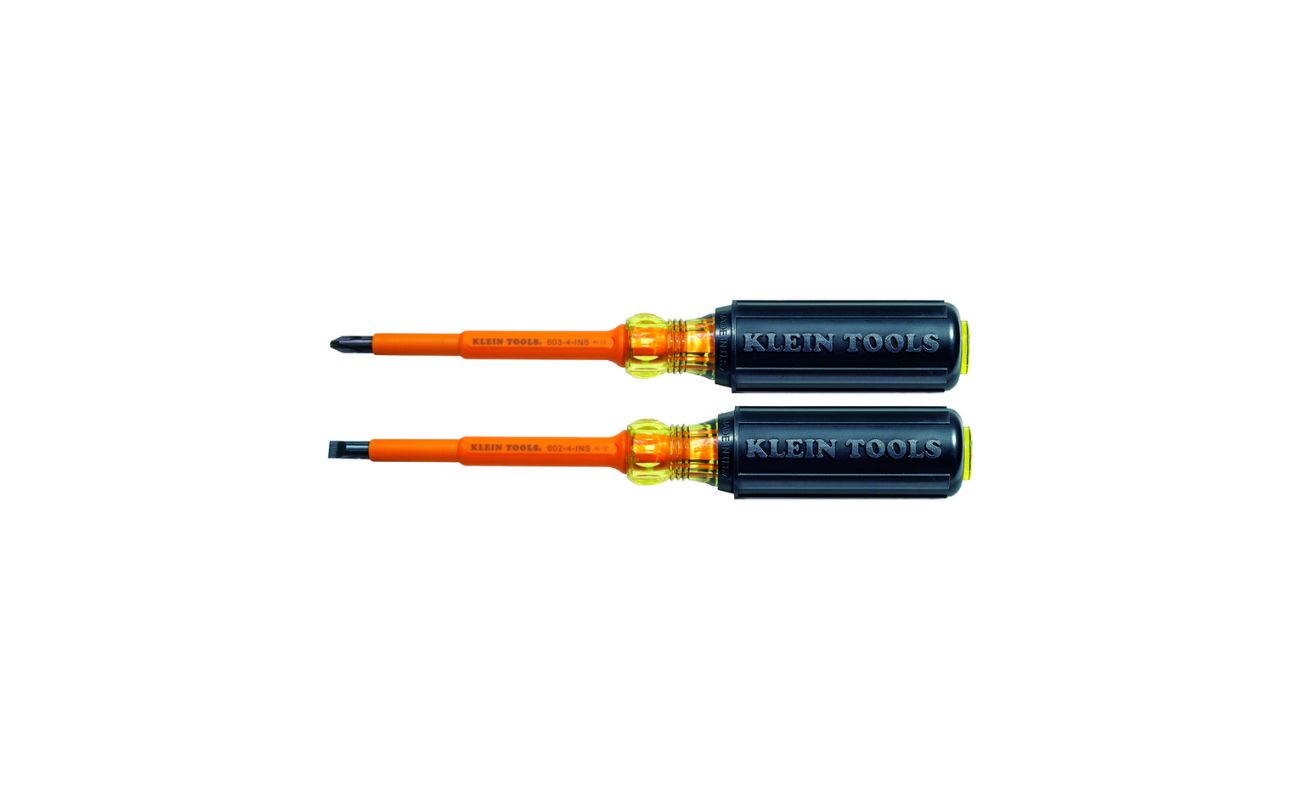

Tools & Equipment
How To Tell If A Screwdriver Is Insulated
Published: December 19, 2023
Learn how to determine if a screwdriver is insulated for electrical work. Find essential tips and guidelines on tools and equipment safety.
(Many of the links in this article redirect to a specific reviewed product. Your purchase of these products through affiliate links helps to generate commission for Storables.com, at no extra cost. Learn more)
Introduction
When it comes to working with electrical systems, safety should always be the top priority. Using the right tools is crucial in ensuring the well-being of both the individual and the equipment being handled. One such tool that plays a critical role in electrical work is the insulated screwdriver. An insulated screwdriver is designed to protect the user from electric shock by providing a barrier between the hand and any live wires or components. In this article, we will delve into the various methods for determining whether a screwdriver is indeed insulated, providing you with the knowledge to make informed decisions when selecting and using this essential tool. Whether you are a seasoned electrician or a DIY enthusiast, understanding the key indicators of an insulated screwdriver is paramount for a safe and successful electrical project. Let's explore the intricacies of insulated screwdrivers and equip ourselves with the expertise to identify them effectively.
Key Takeaways:
- Always check for color-coded handles, non-conductive materials, and manufacturer labeling to ensure a screwdriver is insulated and safe for electrical work.
- Use a multimeter to test resistance and continuity, and look for international safety standards and maximum voltage ratings to verify the insulation of a screwdriver.
Read more: How To Tell If Insulation Is Asbestos
Understanding Insulated Screwdrivers
Insulated screwdrivers are specially designed to provide protection against electric shock when working with live electrical components. They feature a non-conductive handle that prevents the transfer of electric current from the tip of the screwdriver to the user’s hand. This insulation serves as a crucial safety measure, particularly when working on electrical systems where the risk of accidental contact with live wires is present.
Insulated screwdrivers are commonly used in various industries, including electrical engineering, automotive repair, and general maintenance. They are available in a wide range of sizes and tip configurations to accommodate different screw types and applications. The handles of insulated screwdrivers are typically color-coded for easy identification of their insulation level, with each color corresponding to a specific maximum voltage rating.
Understanding the construction and purpose of insulated screwdrivers is essential for anyone working with electrical systems. By recognizing the unique features and safety benefits of these tools, individuals can make informed decisions regarding their selection and use, ultimately minimizing the risk of electrical accidents and ensuring a safe working environment.
Visual Inspection
Conducting a visual inspection is the first step in determining whether a screwdriver is insulated. This method involves examining the physical characteristics of the screwdriver to identify key indicators of insulation. Here are the essential visual cues to look for:
- Color-Coded Handles: Insulated screwdrivers are often equipped with color-coded handles, with each color representing a specific maximum voltage rating. Common colors include red, yellow, and orange, with each corresponding to a different insulation level. By referencing the color-coding, users can quickly ascertain the insulation rating of the screwdriver, ensuring it is suitable for the intended electrical work.
- Non-Conductive Material: Insulated screwdriver handles are constructed from non-conductive materials such as rubber, plastic, or composite compounds. These materials serve as insulators, preventing the flow of electric current from the tip of the screwdriver to the user’s hand. During the visual inspection, it is crucial to verify that the handle is composed of non-conductive material, thereby confirming its insulation properties.
- Manufacturer’s Labeling: Many insulated screwdrivers feature prominent manufacturer labeling indicating their insulation capabilities and compliance with safety standards. This labeling often includes details such as maximum voltage ratings, international safety certifications, and compliance with industry-specific standards. By examining the manufacturer’s labeling, users can gain valuable insights into the screwdriver’s insulation and safety features.
By carefully examining these visual cues, individuals can confidently assess whether a screwdriver is insulated and suitable for use in electrical applications. However, visual inspection alone may not provide comprehensive assurance of insulation, making it essential to complement this method with additional verification techniques, such as using a multimeter and checking for relevant certifications.
Look for a screwdriver with a handle made of non-conductive material like rubber or plastic. It should also be labeled as “insulated” and meet safety standards. Always double-check with a voltage tester before use.
Using a Multimeter
Employing a multimeter is a reliable method for verifying the insulation of a screwdriver and determining its suitability for electrical work. A multimeter is a versatile testing device that measures various electrical parameters, including voltage, current, and resistance. When assessing the insulation of a screwdriver, the multimeter can be used to perform the following tests:
- Resistance Measurement: To assess the insulation integrity of a screwdriver, the multimeter’s resistance measurement function can be utilized. By setting the multimeter to the resistance (ohms) mode, users can place the probes on the metal shaft of the screwdriver and the handle, effectively measuring the resistance between these points. An insulated screwdriver should exhibit high resistance, indicating that minimal or no electrical current can flow through the handle.
- Continuity Test: The multimeter’s continuity test function can be employed to verify the absence of electrical continuity between the screwdriver’s metal shaft and the handle. This test involves activating the continuity mode on the multimeter and touching the probe tips to the metal shaft and the handle simultaneously. If the screwdriver is properly insulated, the multimeter should not emit a continuous tone, confirming the absence of a conductive path between the two points.
By utilizing a multimeter to perform these tests, individuals can gain a quantitative understanding of the screwdriver’s insulation properties, enhancing their confidence in its safety and suitability for electrical tasks. It is important to note that while a multimeter is a valuable tool for validating insulation, users should exercise caution and follow appropriate safety protocols when conducting these tests to mitigate any potential risks.
Checking Certification
When evaluating the insulation of a screwdriver, checking for relevant certifications and compliance with safety standards is a crucial aspect of ensuring its suitability for electrical work. Manufacturers of insulated screwdrivers adhere to specific industry standards and undergo certification processes to validate the insulation capabilities and safety features of their products. Here are the key considerations when checking for certification:
- International Safety Standards: Insulated screwdrivers that meet international safety standards, such as those established by organizations like the International Electrotechnical Commission (IEC) and Underwriters Laboratories (UL), are subjected to rigorous testing to verify their insulation performance and overall safety. Look for markings or labels indicating compliance with these recognized standards, providing assurance of the screwdriver’s suitability for use in electrical applications.
- Maximum Voltage Ratings: Insulated screwdrivers are rated for specific maximum voltage levels, reflecting the highest voltage at which they can safely be used. It is essential to verify that the screwdriver’s maximum voltage rating aligns with the voltage requirements of the intended electrical work. This information is typically prominently displayed on the screwdriver’s handle or included in the manufacturer’s documentation.
- Industry-Specific Certifications: In certain industries, such as electrical engineering and maintenance, there may be industry-specific certifications and standards that dictate the requirements for insulated tools. When assessing the certification of a screwdriver, consider any industry-specific guidelines and requirements to ensure compliance with relevant regulations.
By confirming the certification and compliance of an insulated screwdriver, individuals can have confidence in its ability to provide effective insulation and protection against electric shock. Additionally, adherence to recognized safety standards and certifications demonstrates the manufacturer’s commitment to producing high-quality, safety-oriented tools, further reinforcing the reliability of the insulated screwdriver for electrical tasks.
Read more: How To Tell If Insulation Is Bad
Conclusion
Identifying whether a screwdriver is insulated is a fundamental aspect of maintaining safety when working with electrical systems. Through visual inspection, utilization of a multimeter, and verification of certifications, individuals can effectively assess the insulation properties of a screwdriver and make informed decisions regarding its suitability for electrical tasks. By recognizing the key indicators of insulation, such as color-coded handles, non-conductive materials, and manufacturer labeling, users can confidently select insulated screwdrivers that align with the specific voltage requirements of their projects.
Furthermore, the use of a multimeter provides a quantitative means of testing the insulation integrity and electrical continuity of the screwdriver, offering an additional layer of assurance. When checking for certifications and compliance with safety standards, individuals can validate the insulation capabilities of the screwdriver and ensure that it meets industry-specific requirements, providing peace of mind and enhancing workplace safety.
Ultimately, the ability to discern whether a screwdriver is insulated empowers individuals to prioritize safety and mitigate the risks associated with electrical work. By integrating these assessment methods into their tool selection process, professionals and enthusiasts alike can uphold a steadfast commitment to safety, fostering a secure and productive environment for electrical endeavors.
With a comprehensive understanding of insulated screwdrivers and the methods for determining their insulation, individuals can navigate the realm of electrical work with confidence, knowing that they are equipped with the knowledge to safeguard themselves and others against the potential hazards of live electrical systems.
Frequently Asked Questions about How To Tell If A Screwdriver Is Insulated
Was this page helpful?
At Storables.com, we guarantee accurate and reliable information. Our content, validated by Expert Board Contributors, is crafted following stringent Editorial Policies. We're committed to providing you with well-researched, expert-backed insights for all your informational needs.
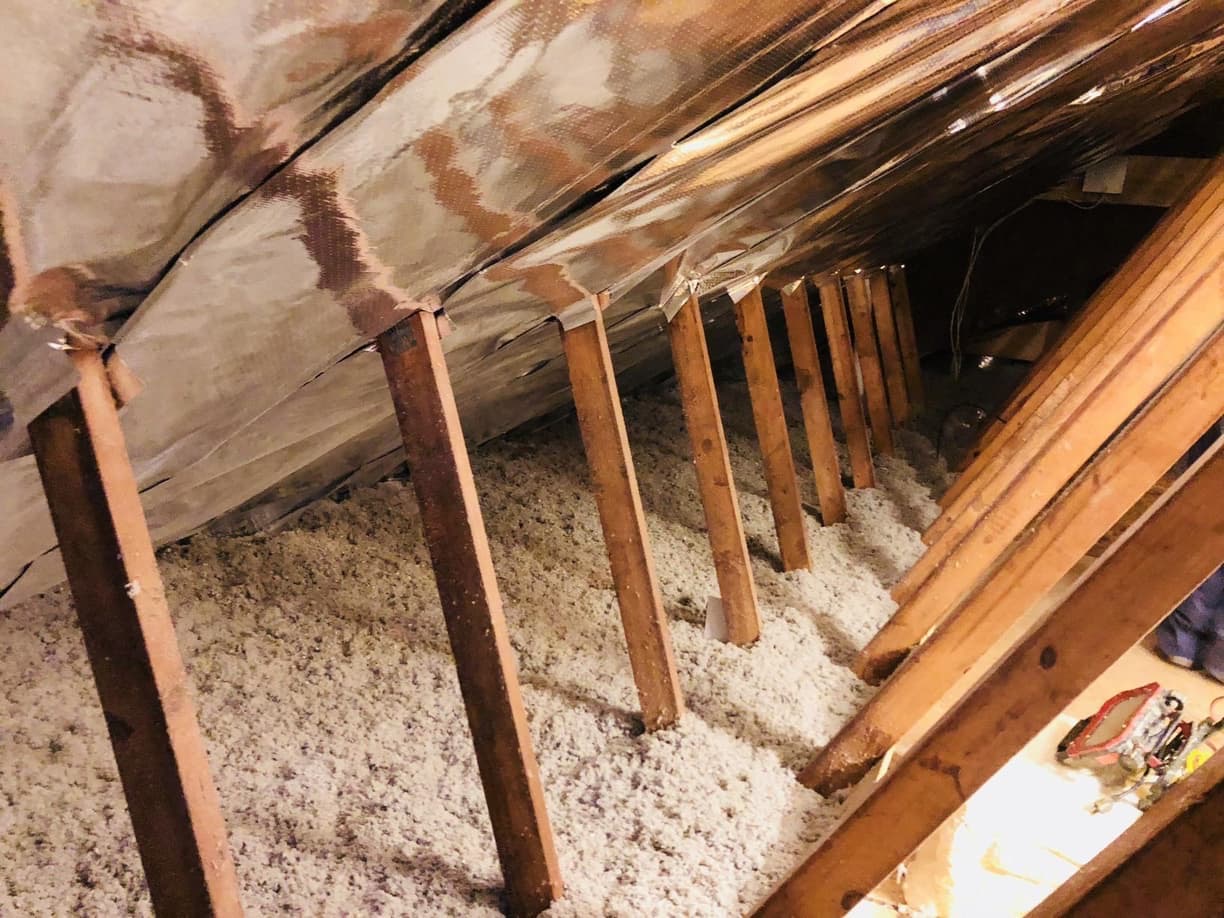

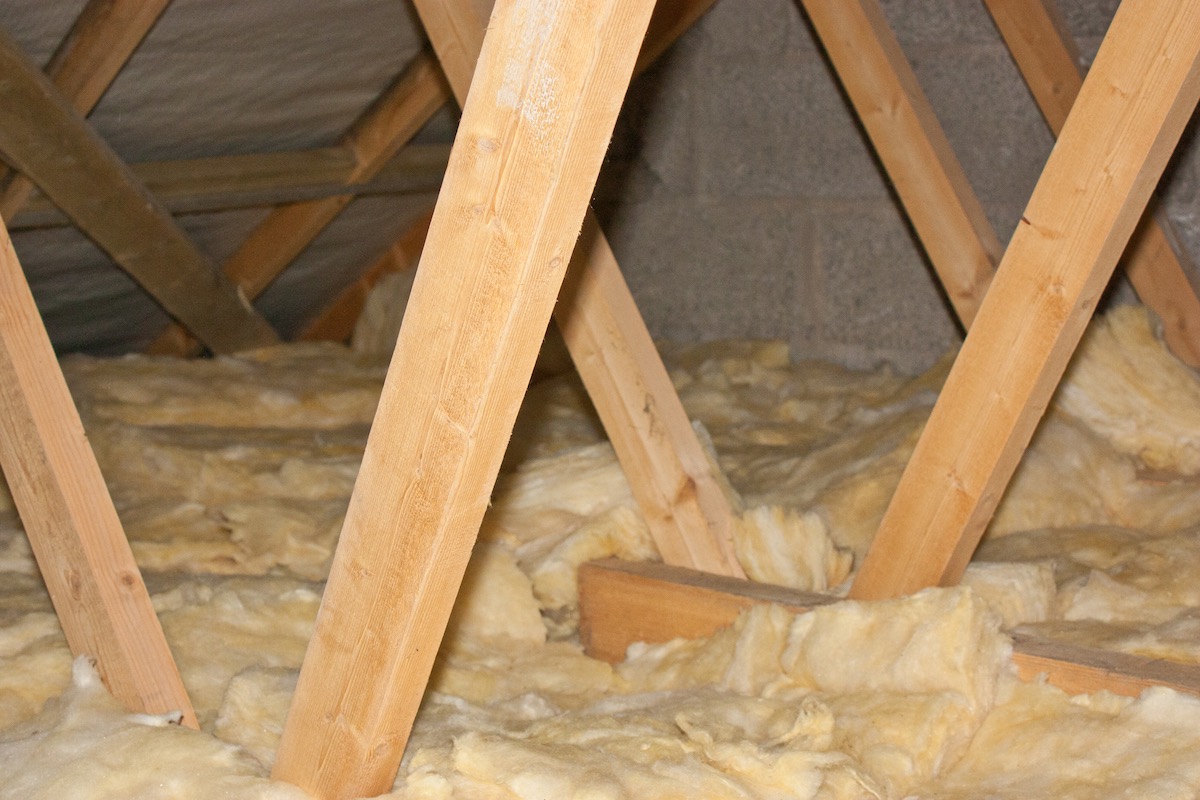
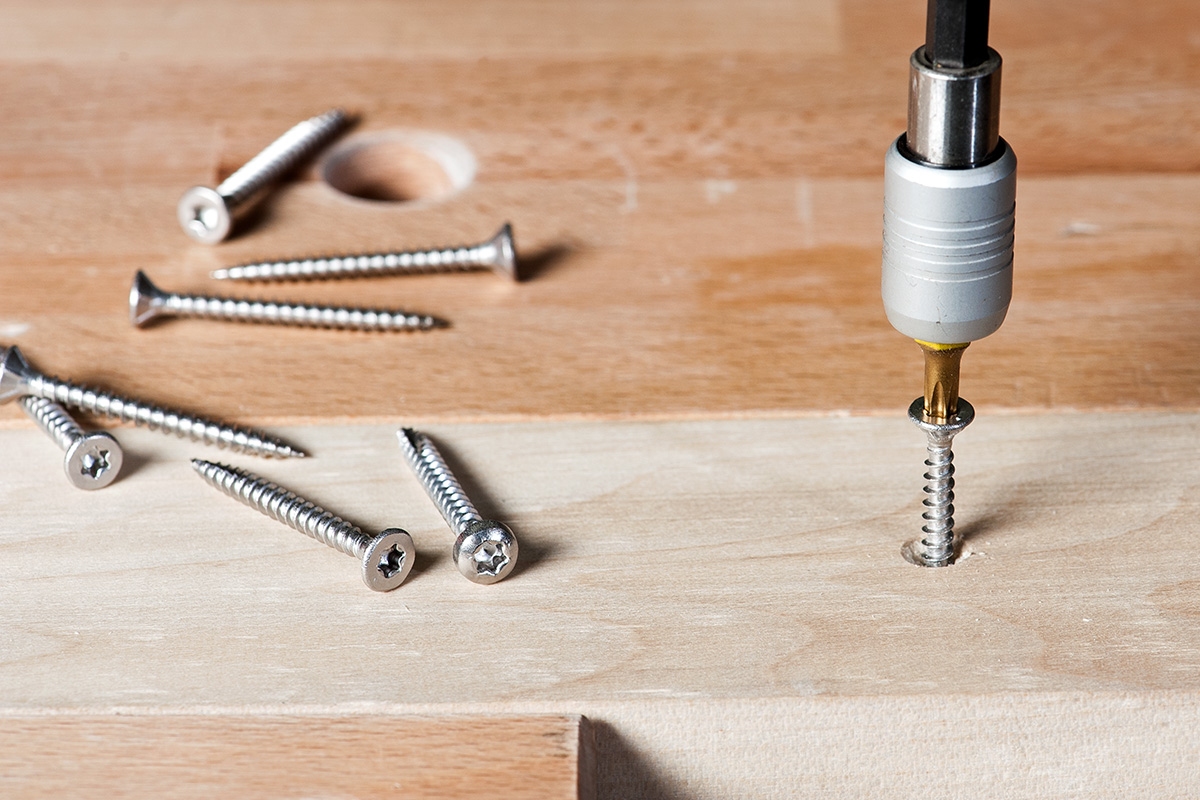
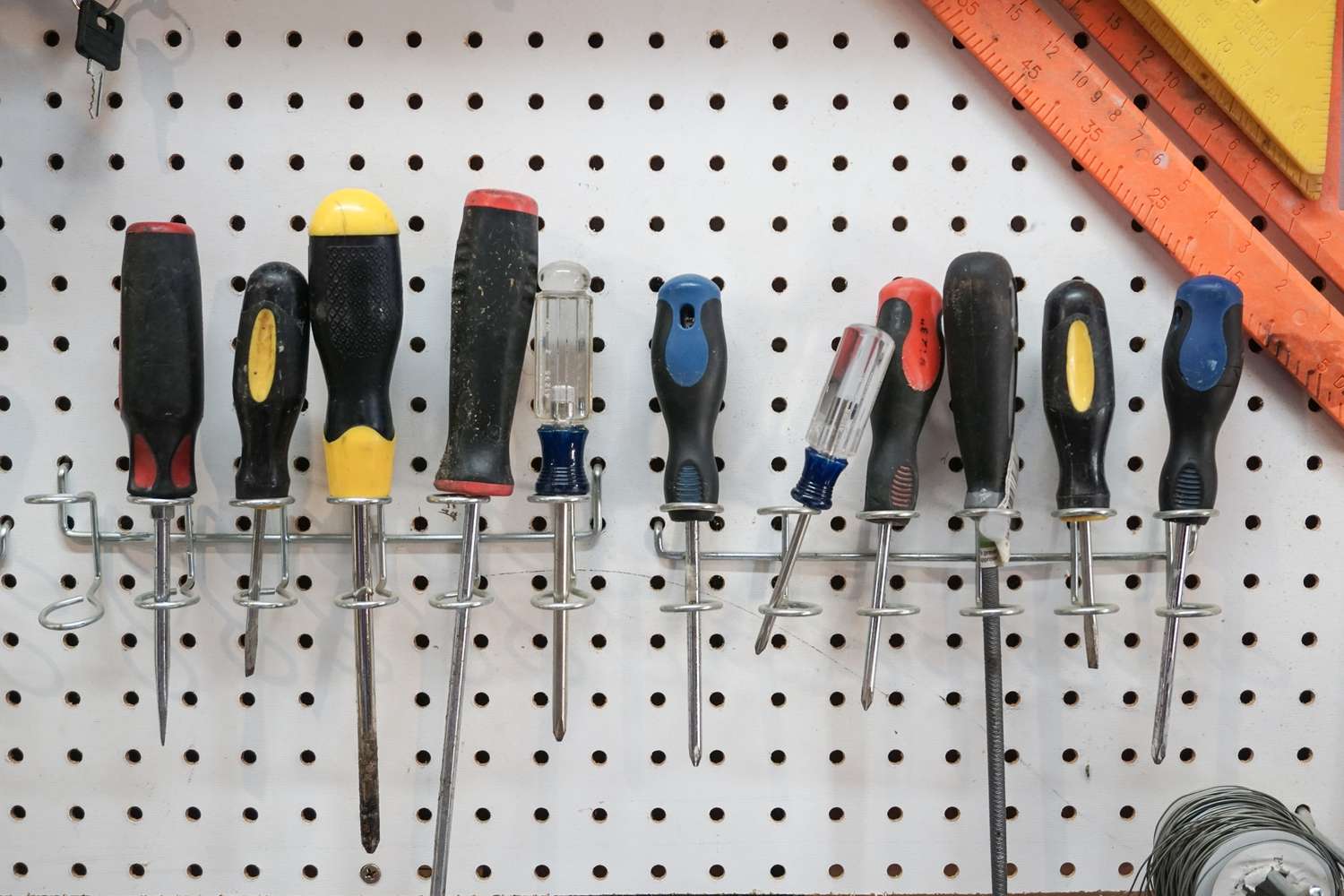
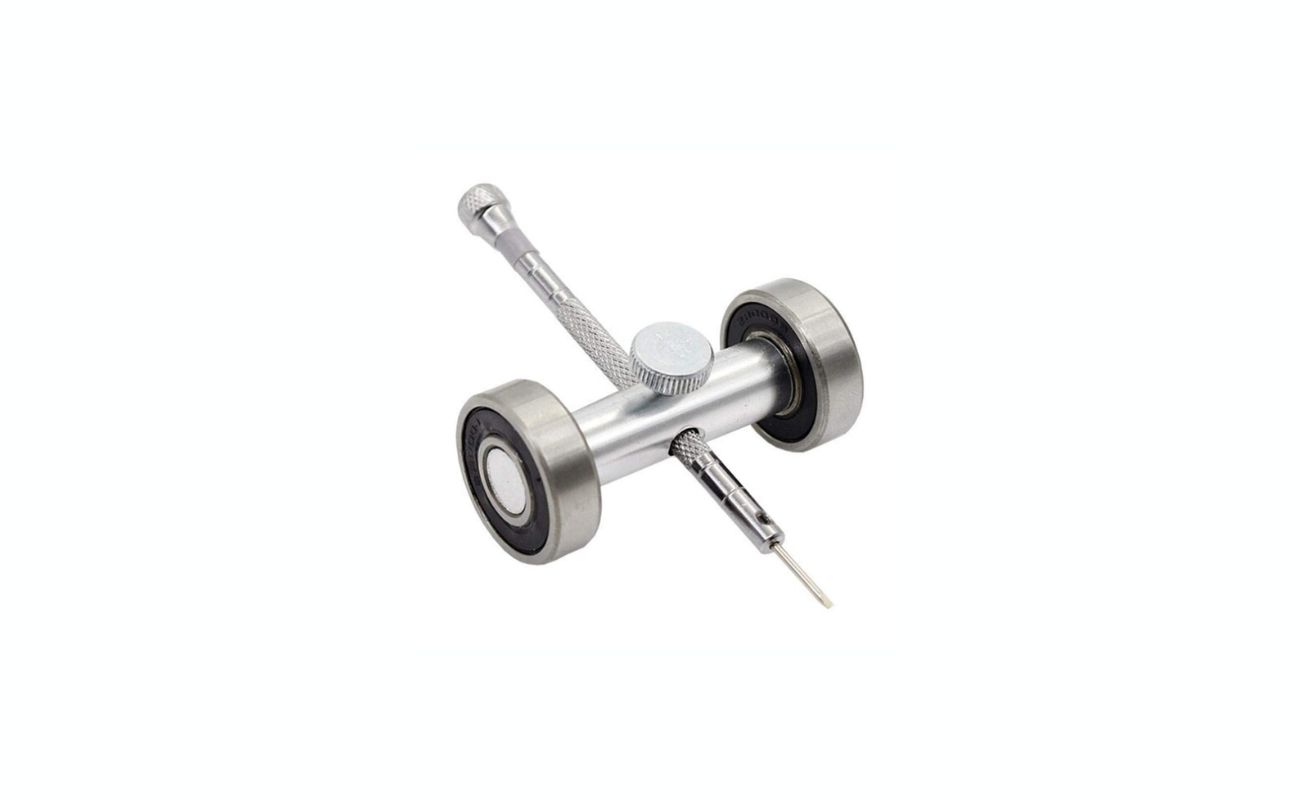
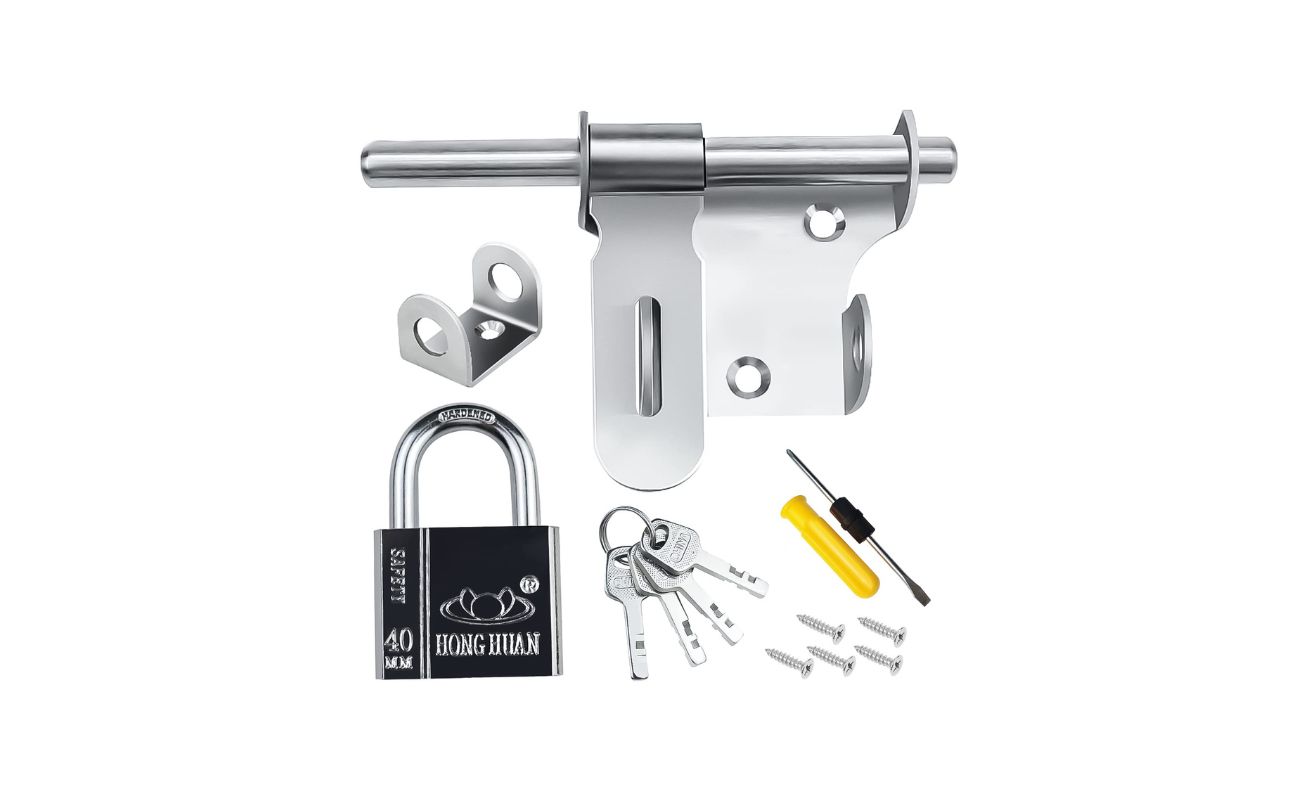
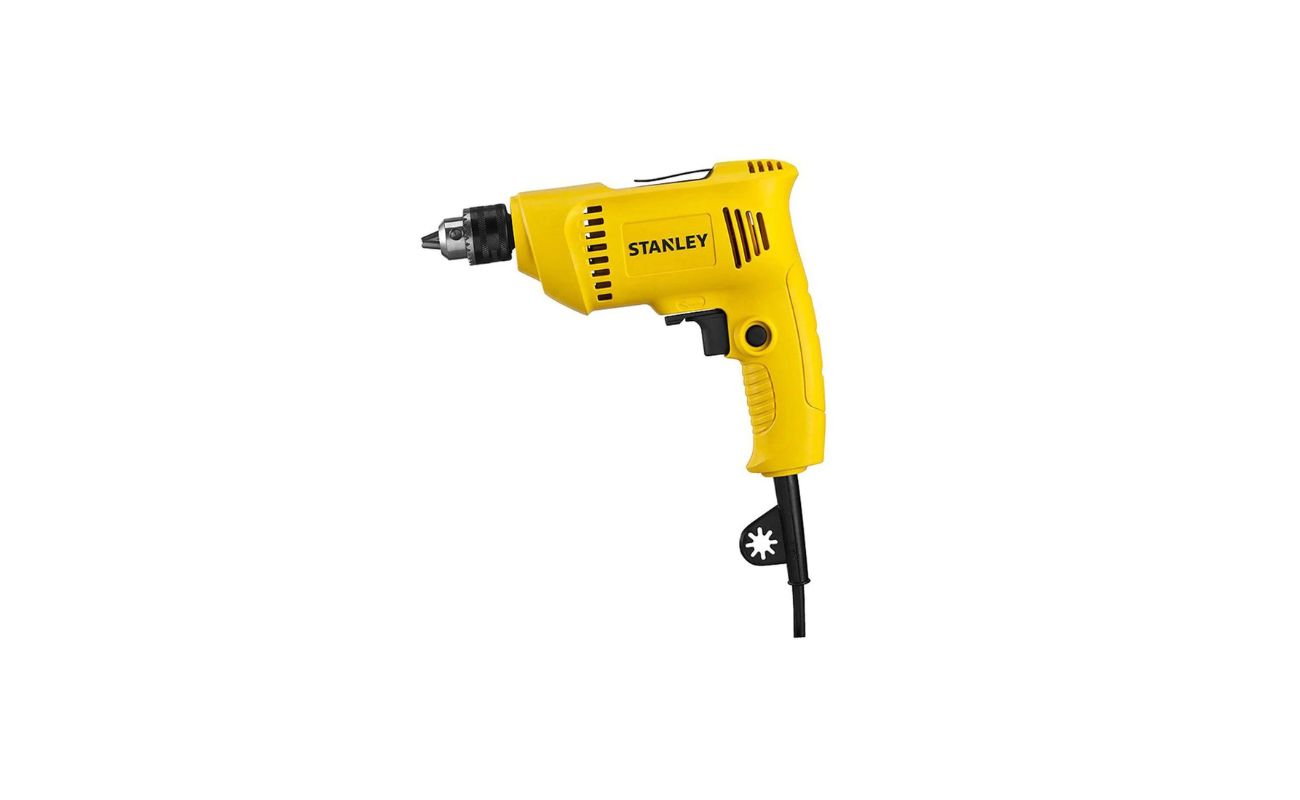
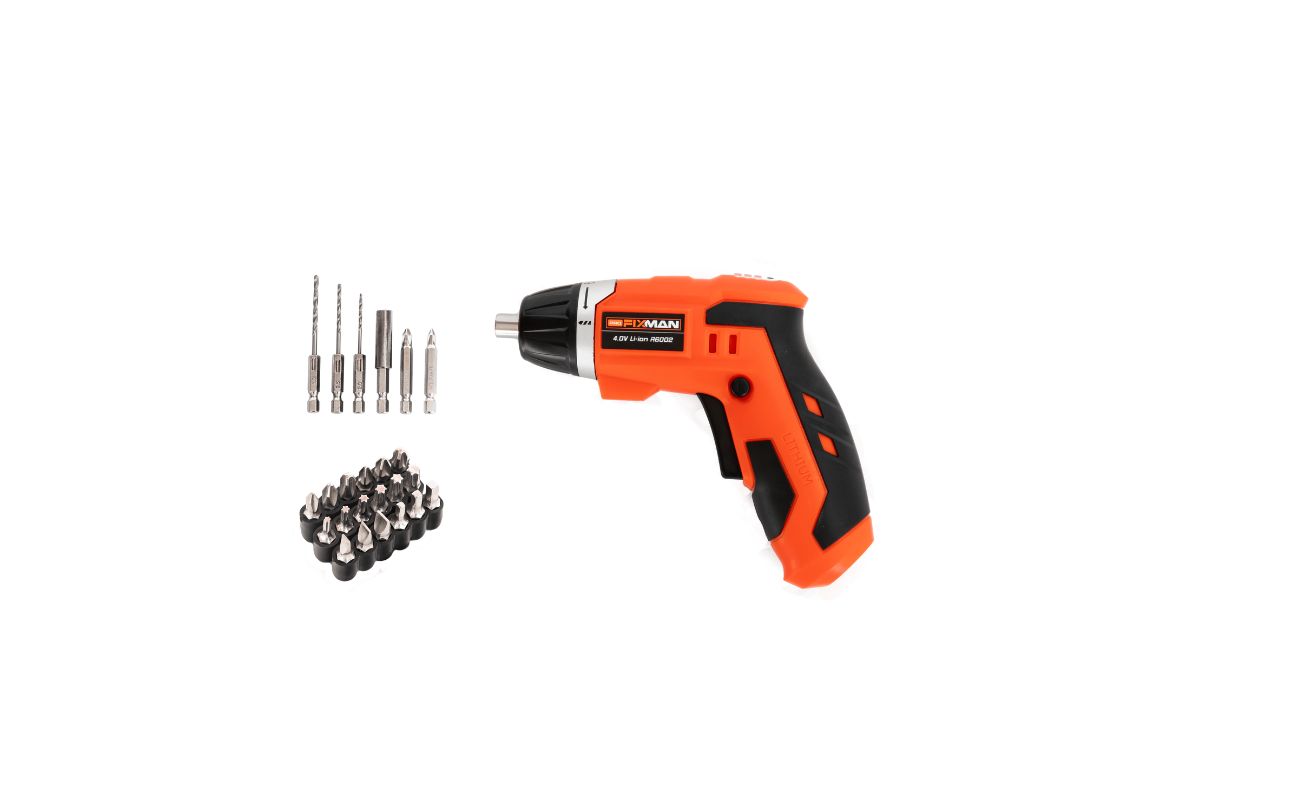
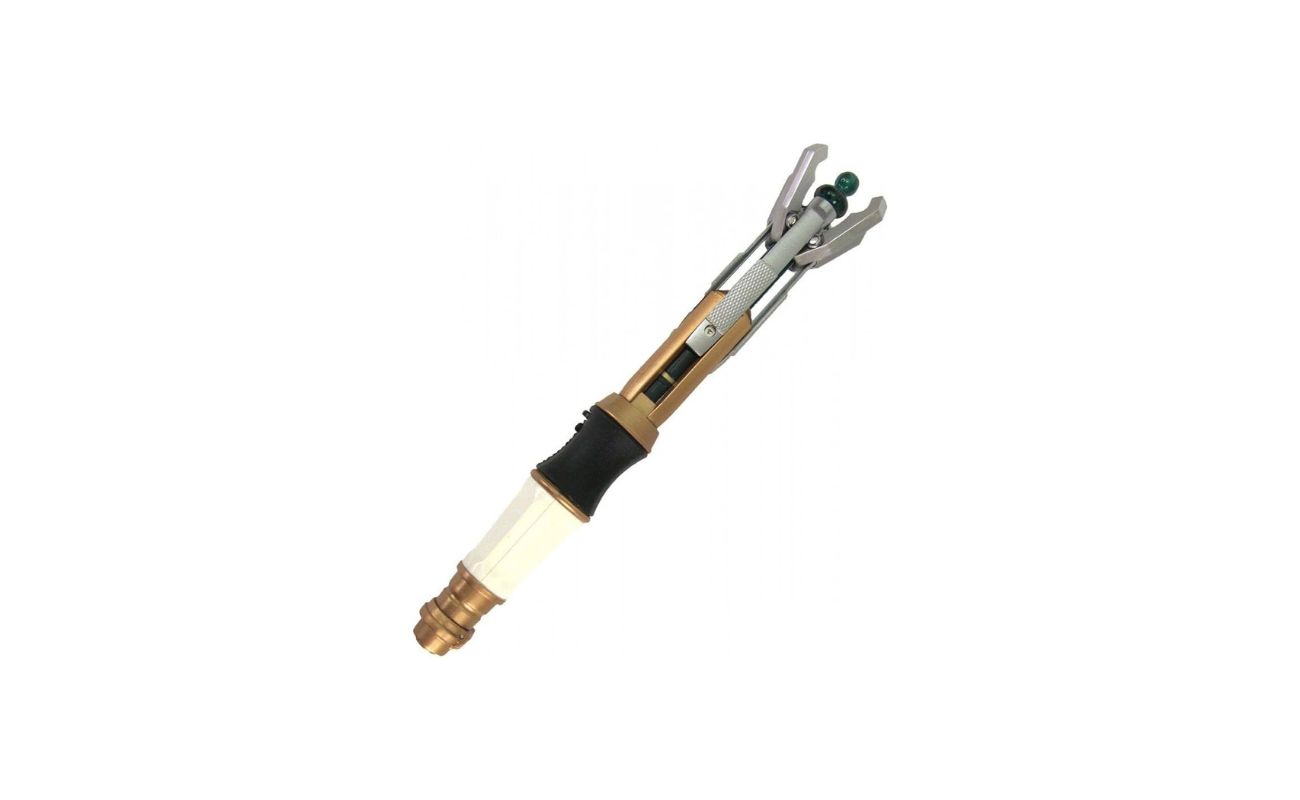

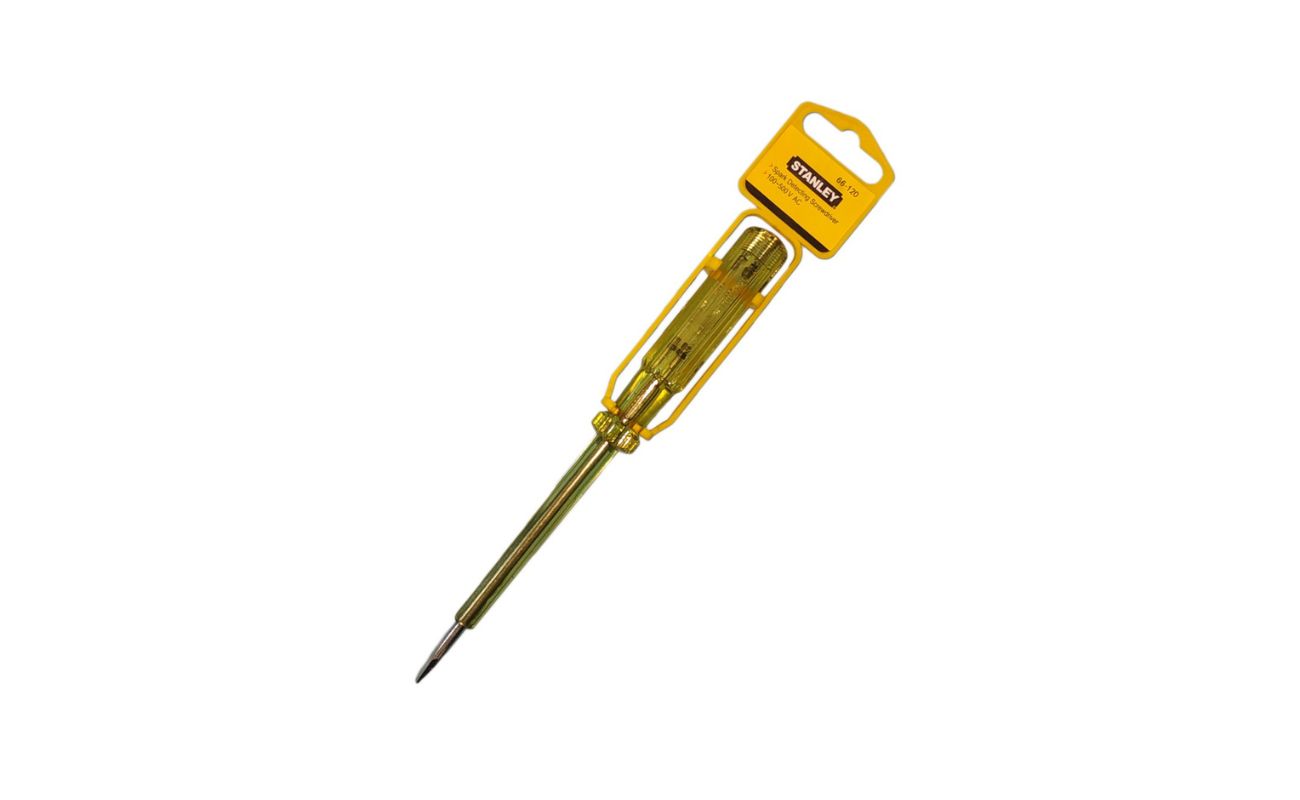
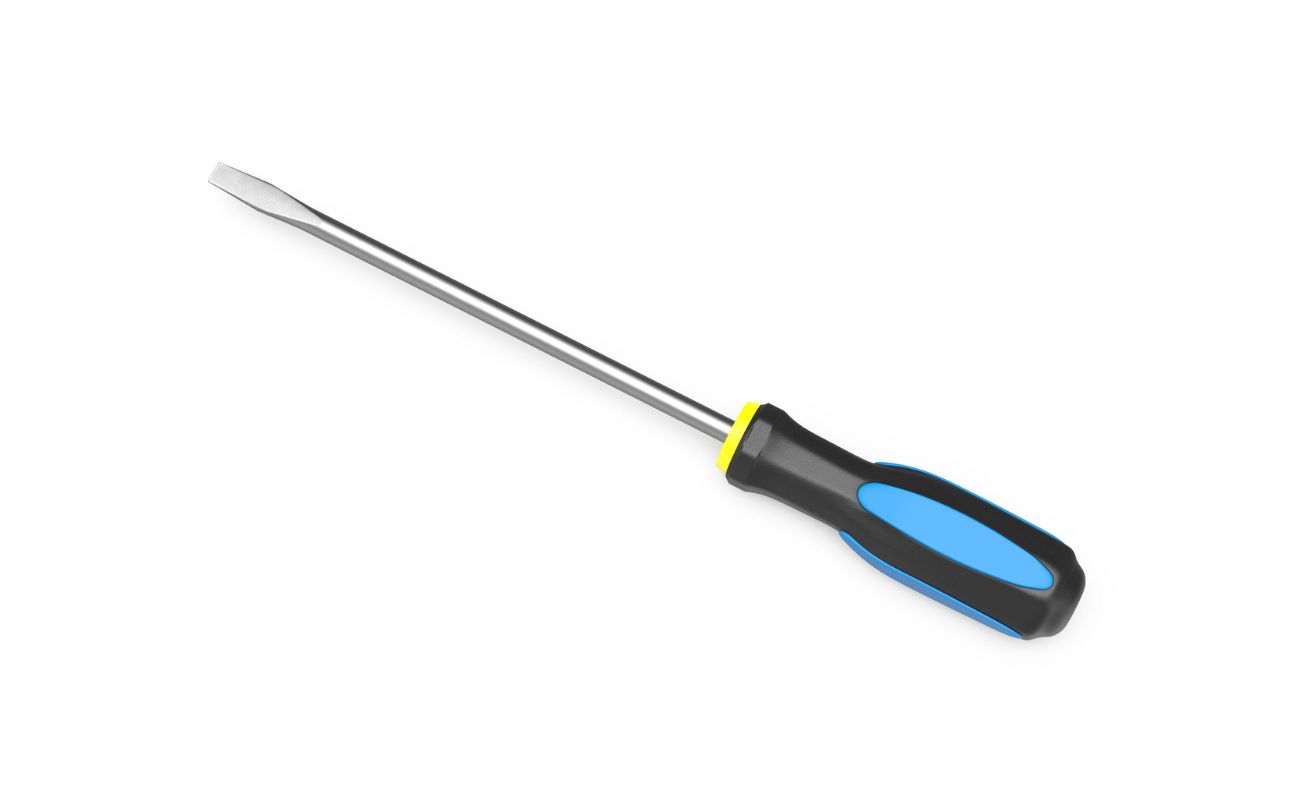
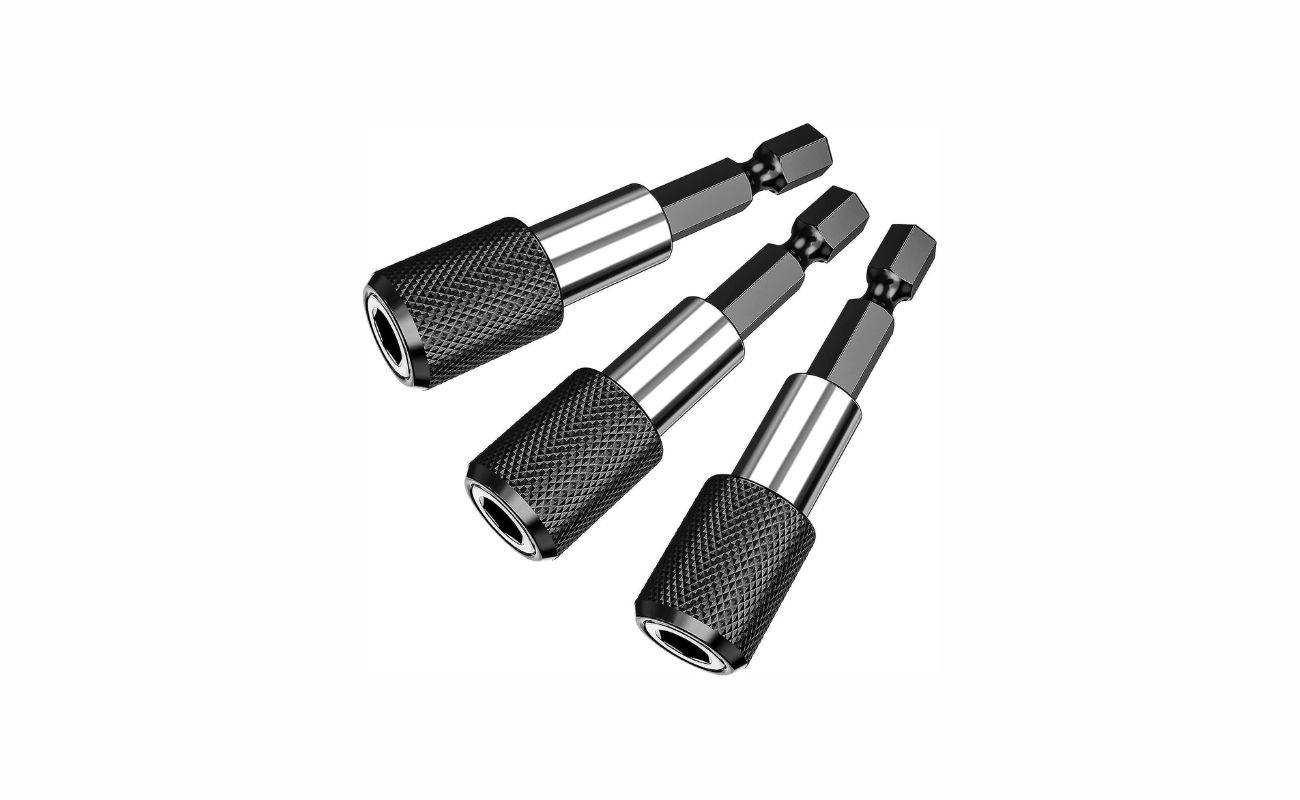

0 thoughts on “How To Tell If A Screwdriver Is Insulated”